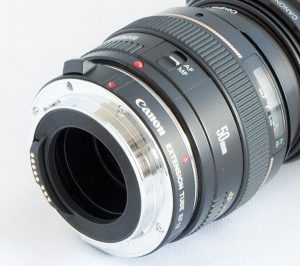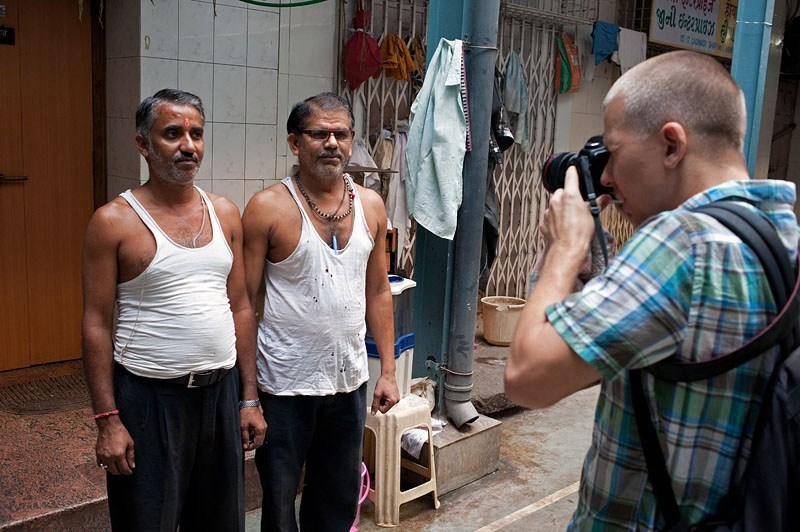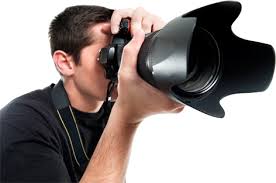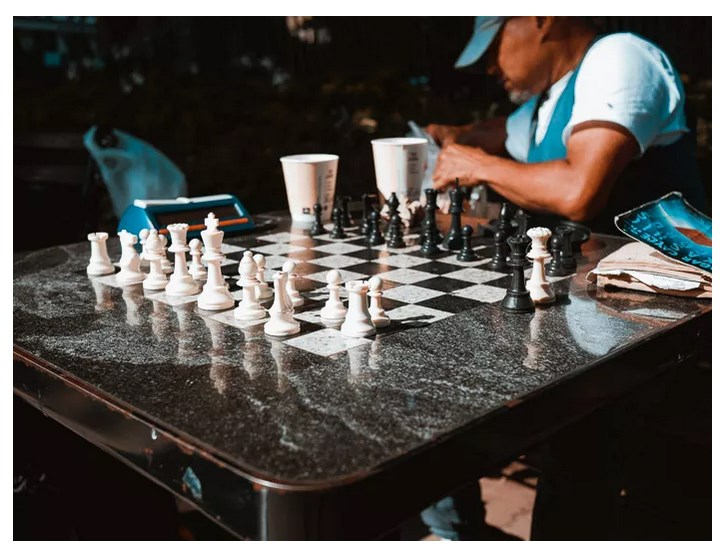REVERSE RINGS FOR MACRO OR CONTINUE TO STUDY MACROPHOTOGRAPHY
 Professional photographer Andrew Gibson (© Andrew S. Gibson) talks about a method that allows you to get to an object very, very close – through the use of reversible rings.
Professional photographer Andrew Gibson (© Andrew S. Gibson) talks about a method that allows you to get to an object very, very close – through the use of reversible rings.
Reversible rings for macro
If you already have a lens with a focal length of 50 mm or a whale lens (usually lenses with focal lengths of 18-55 mm), then acquiring a reversing ring will also be the most inexpensive way to get macro equipment and join the macro culture completely armed.
The method involves working with a lens inverted backwards, so that the front element looks at the camera, and the rear – at the subject. To do this, you need to buy a special adapter – a reversing ring, which allows you to mount an inverted lens either to the camera or to another lens.
Reversible rings for macro
If you have not met with this method of shooting, then at first it may seem strange. But it works, and the above diagram shows why. In the normal position, the “fifty dollars” focuses much further from the object, which leads to the fact that the image of the object falling on the film / matrix of the digital camera is much smaller.
Turn the lens over and the opposite happens. The lens begins to enlarge what it sees, providing the display of the object in almost full size.
The reversible lens arrangement can be used in two versions
Single lens option
Reversible rings for macro
Use the reversing ring (pictured above) to attach the lens backwards to the camera. Such rings can be inexpensively purchased at the photo store. On one side, the ring is screwed into the thread under the filter on the lens; on the other side, the structure is inserted into the bayonet mount of the camera.
Reversible rings for macro
The photo illustrates how it looks.
This mount option works great with lenses equipped with an aperture ring. The depth of field (depth of sharply depicted space) decreases as you approach the subject and to work with high magnification achieved by flipping a 50 mm lens, you need to cover the diaphragm to increase the area of sharpness.
Using a lens without a ring for changing the aperture value, you will be forced to work on a fully open aperture. Nevertheless, even if this does not stop you – look at the beautiful pictures taken by Roni on an inverted lens with a focal length of 50 mm on a fully open aperture.
Dual lens option
Reversible rings for macro
Use the reversing link ring to attach one lens to another. The inverted lens in this case works like a powerful macro lens.
An inverted 50 mm lens provides a magnification equivalent to a +20 diopter lens. A lens with a focal length of 24 mm with a reverse mount on another lens will give the equivalent of +41.6 diopters. Taking into account that the most powerful macrolens gives +10 diopters, you can understand how useful this method is.
Reversible rings for macro
The photo above shows how this mount option is used. You need to attach an inverted 50 mm lens to a lens with a focal 85 mm. In this design, an 85 mm lens is called a “primary” and a 50 mm lens is called a “secondary”.
This mount option can be used with any lens as a primary. The larger its focal length, the more magnification you will achieve. It is important to remember that the thread diameter for the filter of the used lenses must be the same or close in value so that you can find the connecting reversing ring. It is possible to use a boost ring along with a reverse ring.
The advantage of the dual-lens design is the ability to leave the secondary lens on a fully open aperture, covering the primary lens to increase the depth of field.
Depending on the primary lens, you can achieve a 3: 1 magnification, which is three times more than most macro lenses.
Lens care
When mounting the lens backwards, its rear element becomes open. Do not forget about it, so as not to scratch it.
Reversible rings for macro
If you have an extension ring in your arsenal, you can wear it (as shown in the photo above). The extension ring will not only protect the rear element, but will also work like a hood.
Sharpness
The reversible method brings you so close to the subject that it virtually eliminates the possibility of hand-held shooting. Use a tripod and release cable to avoid any camera shake.
The reversing method is well suited for indoor photography, especially for light objects such as flowers. Outdoors, even a faint breeze will cause the flower to swing and ruin the picture.




